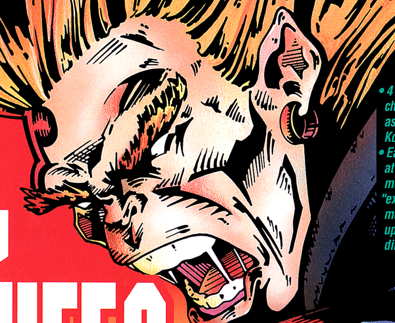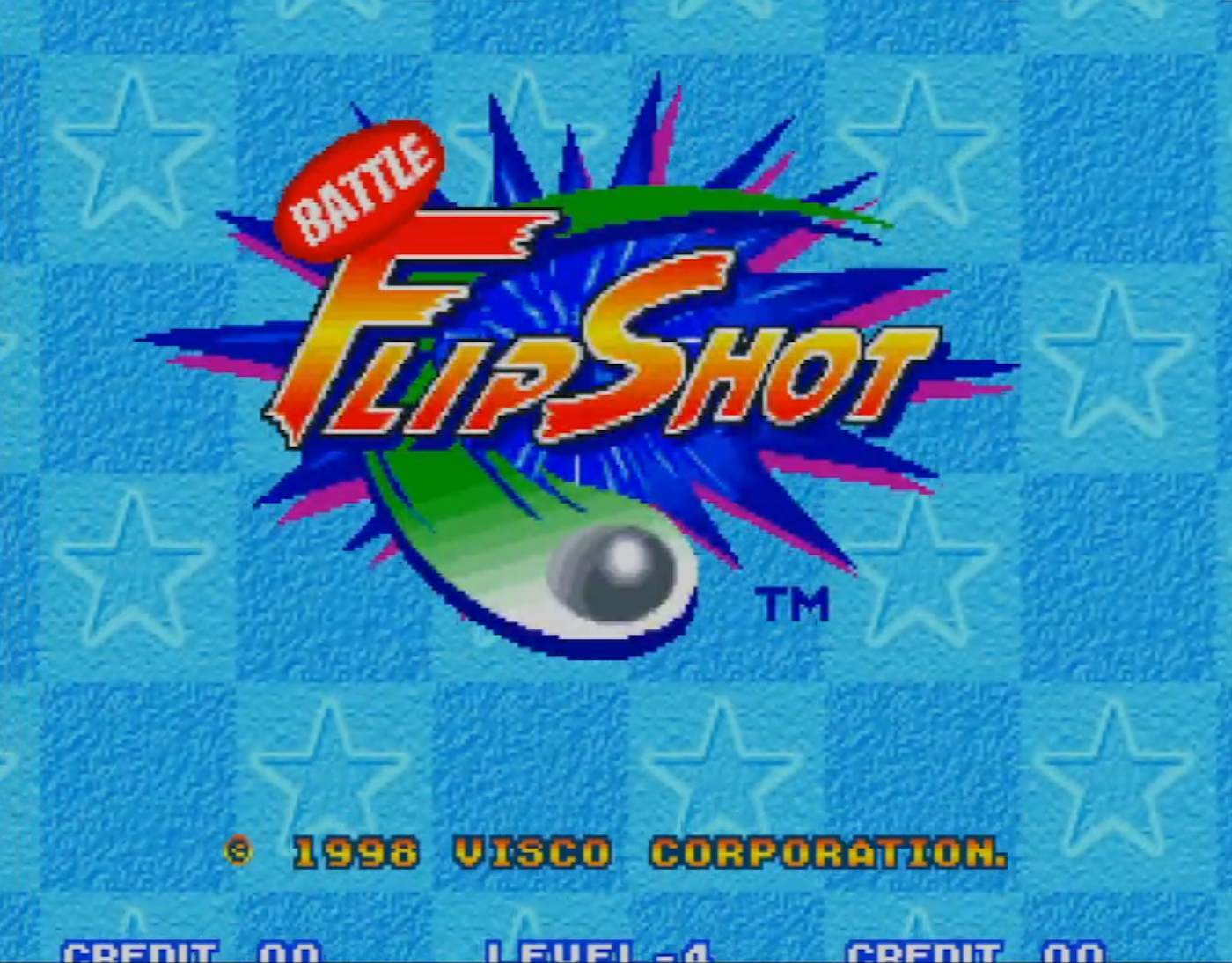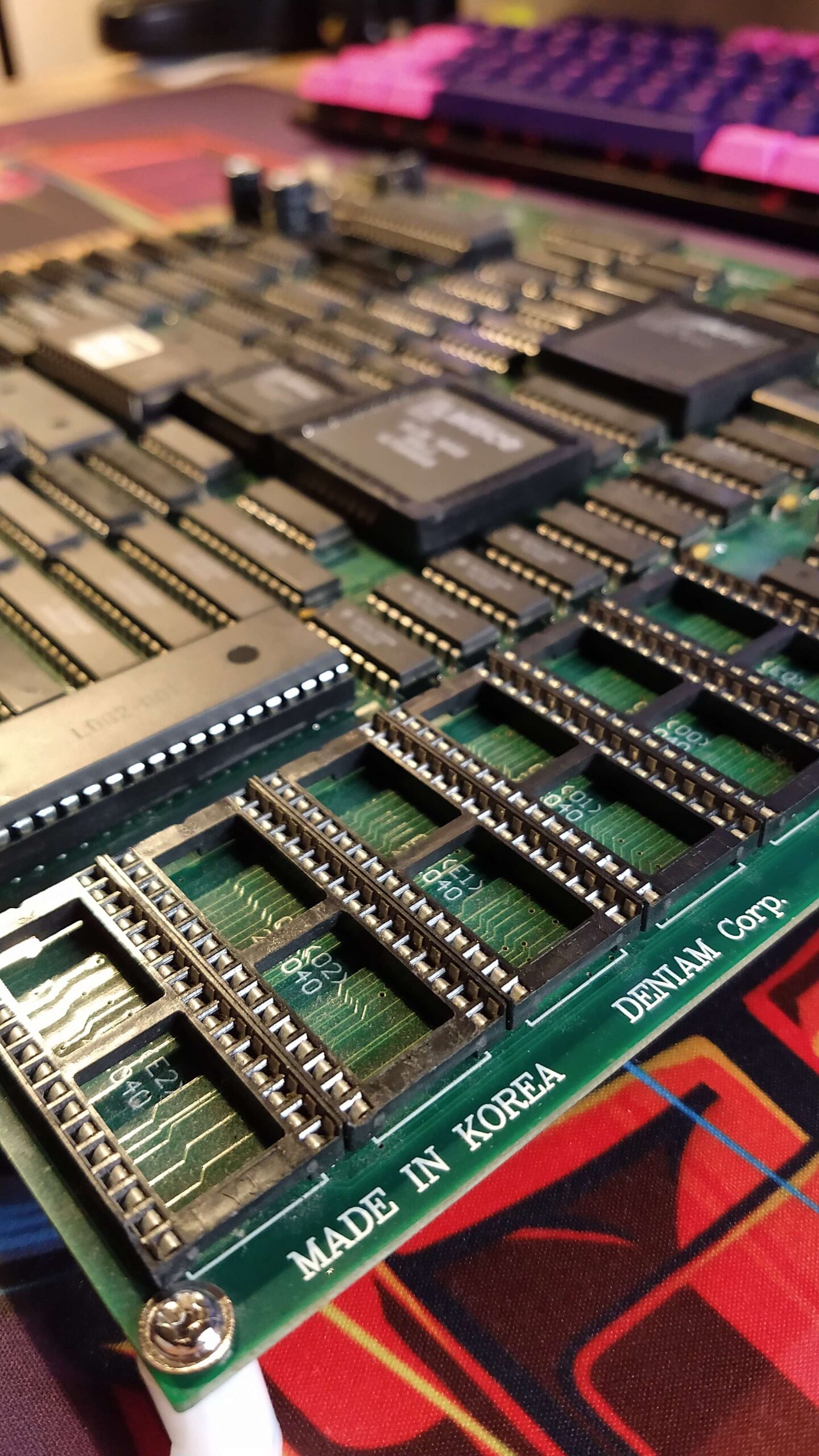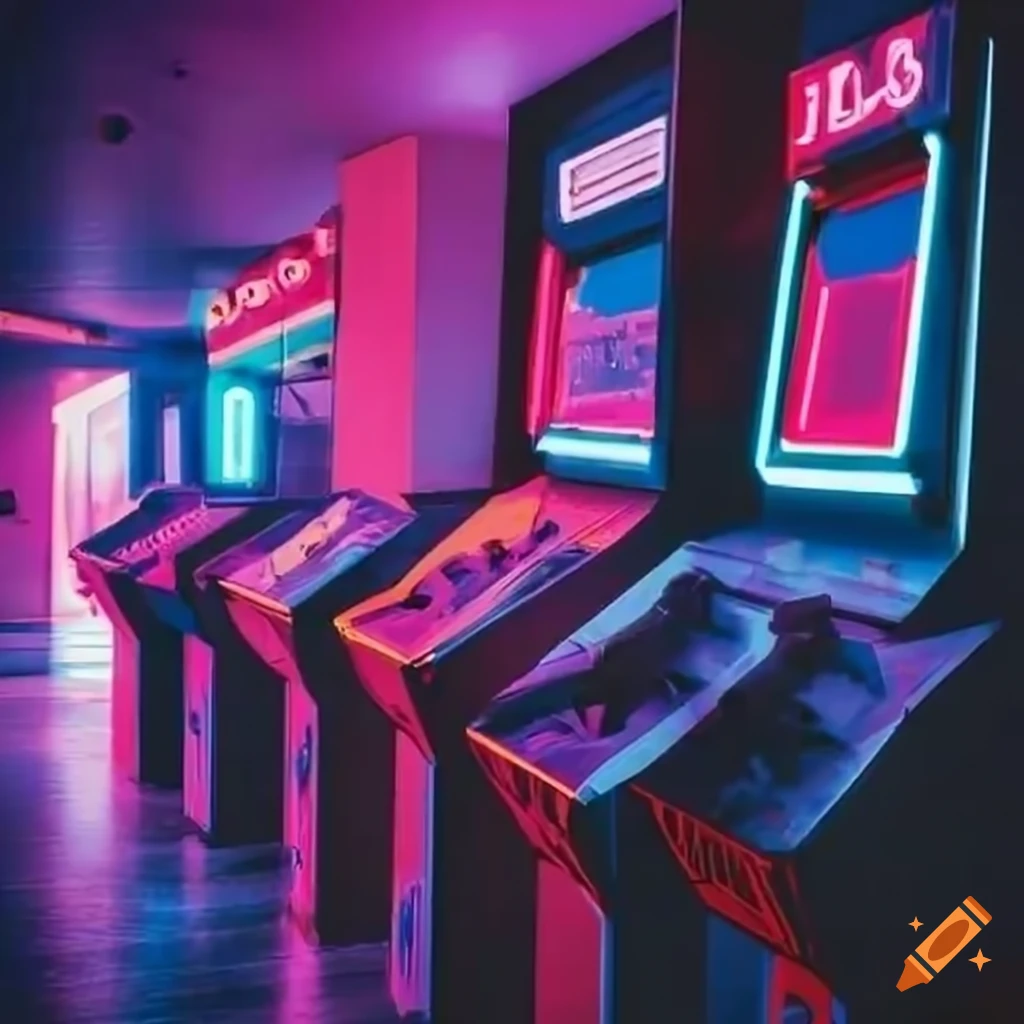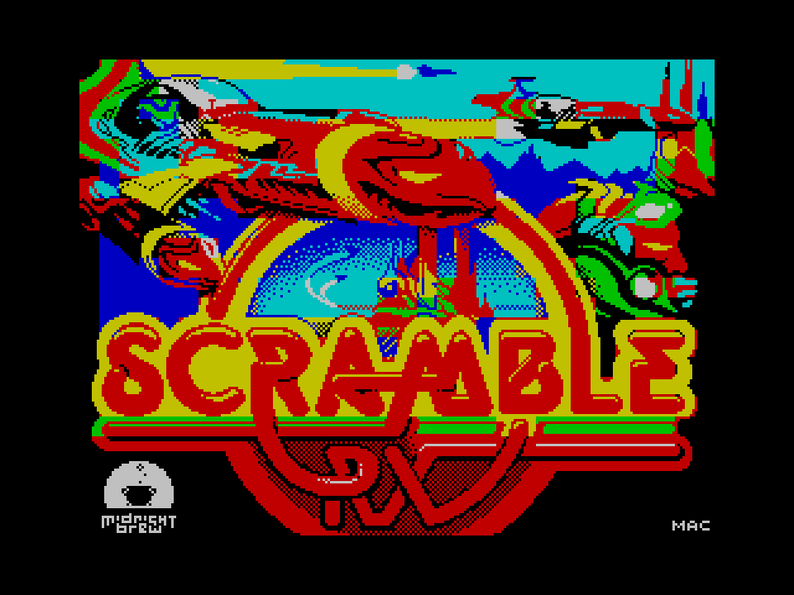Some of us wrinkly fools may recall a time long ago. A time before certain genre defining releases paved the way for others to gain success with the masses. What Mario brought to the platformer, Sensible brought to sports, and Street Fighter II brought to fighting games setting the tone for their respective genres. They were here to stay, and a plethora of titles (some good, LOTS bad) would be soon to follow!
Many of us here are old enough to have experienced life before Street Fighter II. For every copy of Virtua Fighter, Tekken, BlazBlue, or King of Fighters that sells annually, they are owe to the first game that got it right. SF2 didn’t just ‘get it right’, it blew away everything that came before it. Every Fighting Game that would come after had a template on exactly what it was that made these games fun!

Arcades in America was plastered with Fighting games by the mid 90s. SNK featured so many on their incredible 24-bit NEO GEO that many consider it to be a “fighting game machine”. Franchise legends like Fatal Fury, Samurai Shodown, World Heroes, King of Fighters, and others created it’s own sub-genre in the fighting game community. Technical story-driven fighting games that were more than just learning moves and mastering combos. Cutscenes between fights and dialogue after battles to show friendships and rivalries within the selectable combatants. Character growth from further sequels showed relationships, feuds, births, deaths, and lifelong injuries building an epic tale from original to final showdown.


By the 16-bit home console era, Jaleco had evolved into a bit of an arcade focused development studio. While they were producing new ‘Bases Loaded’ games annually with strong sales, they also noticed the arcade scene, particularly ‘Final Fight’ by Capcom. They went to work on a beat ’em up brawler called “Rushing Beat” in Japan. The Super Famicom release boasted beat ’em up action decently compared to Capcom’s brawler, with the addition of 2 player simultaneas action. The addition of 2 players was a welcome feature of their new franchise, and sold well enough in Japan to warrant sequels and ports west on the Super Nintendo. Each game title confused buyers on release as Jaleco decided the first one be called ‘Rival Turf’ an otherwise excellent name! Of course, the second game would be called ‘Brawl Bros.’, perhaps to capitalize on the “Bros.” name craze? to attract new players? How about the third one… Oh yes- ‘Peace Keepers’. makes sense.
Regardless of the names, Jaleco had started to hone their craft with each release. The quality was improving and the Jaleco name was starting to become synonymous with good games. When the team approached a futuristic fighting game release they used their momentum to piece together a unique style game that used the SF2 template to some extent, but also payed homage to classic fighting games. ‘Dead Dance’ hit store shelves in Japan for the Super Famicom, complete with a scrolling text intro and cutscenes telling a post-apocolyptic story. While only allowing the player to select from 4 main characters, this release still offered some replayability as each player had an unique journey to the end, with alternative endings!

Do you see that? “Hey Punk! Are you Tuff E Nuff?” was the brainchild of western Jaleco in order to get the attention of gamers looking to pick up a new game for their Super NES. ‘Tuff E Nuff’ is the US version of Dead Dance. Terrible name change, and equally appalling cover art. Jaleco’s impressive fighting game would also suffer translation changes as dialogue was removed between matches limiting the player from actually experiencing the story while playing through the game. (Luckily, players can enjoy fan-made translations of the game on the dark web) ‘Tuff E Nuff’ was also released in it’s original form on the Nintendo ‘SNES’ online store which you can play for free with your annual subscription.
While Dead Dance is set in the ambiguous year 200X, Tuff E Nuff takes place in 2151. The game’s story, reminiscent of Fist of the North Star, describes a devastating war that has ravaged the planet, leaving behind a brutal world where only the strongest can survive. The playable characters also draw clear inspiration from other fighting games. For example, Syoh and Zazi are virtually identical to Ryu and Ken from Street Fighter.

‘Tuff E Nuff’ absolutely shines with its fantastic soundtrack. Zazi’s theme is a standout, bursting with high-energy 90s flavor. Rei’s theme is another highlight, managing to be both pulse-pounding and calmingly ambient. The music perfectly complements each fighter’s personality and style, enhancing the overall experience. The ‘Tuff E Nuff’ localization even improves upon the original soundtrack, adding higher pitches and extra beats that give the music, such as the ad-lib in Vortz’s theme, an extra layer of punch and clarity. The audio is definitely a strong point for this game. The US port also includes a secret code that allows you to play as the boss characters in Vs mode!


Tuff E Nuff was an impressive game that was eaily lost in the shuffle by 1993, Jaleco’s release didn’t stand out compared to the Mortal Kombats and Clayfighters of the 16-bit era. Well, I guess that awful cover art stood out to some extent. Just not in a good way. Maybe if it had been released a year prior… maybe? Like many translations of classic games, this release suffered from a bit of Beans’ “American Sack”.


